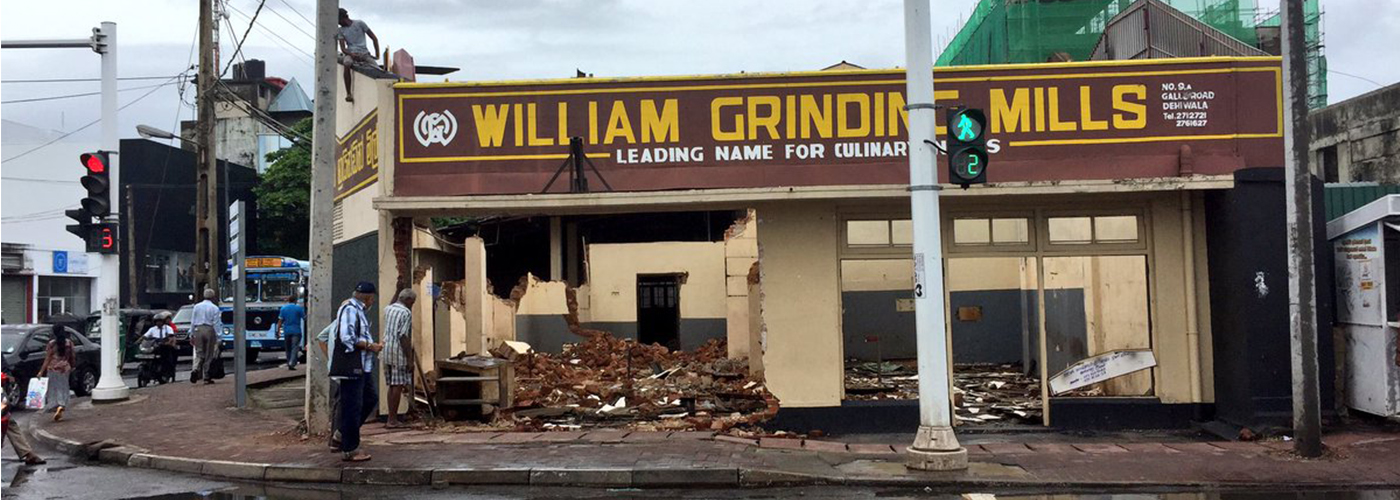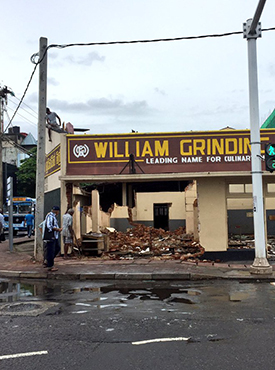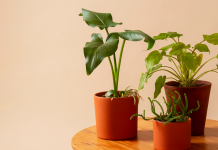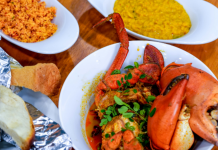2018 Jul 11
This iconic landmark located on the busy Galle road has stopped its operations as of June 21st 2018. The 67 year long running business has been and always will be a historical location, located in the busy streets of the Dehiwala-Mount Lavinia Galle road, also known as, the “William Junction” or “Williams handiya”.
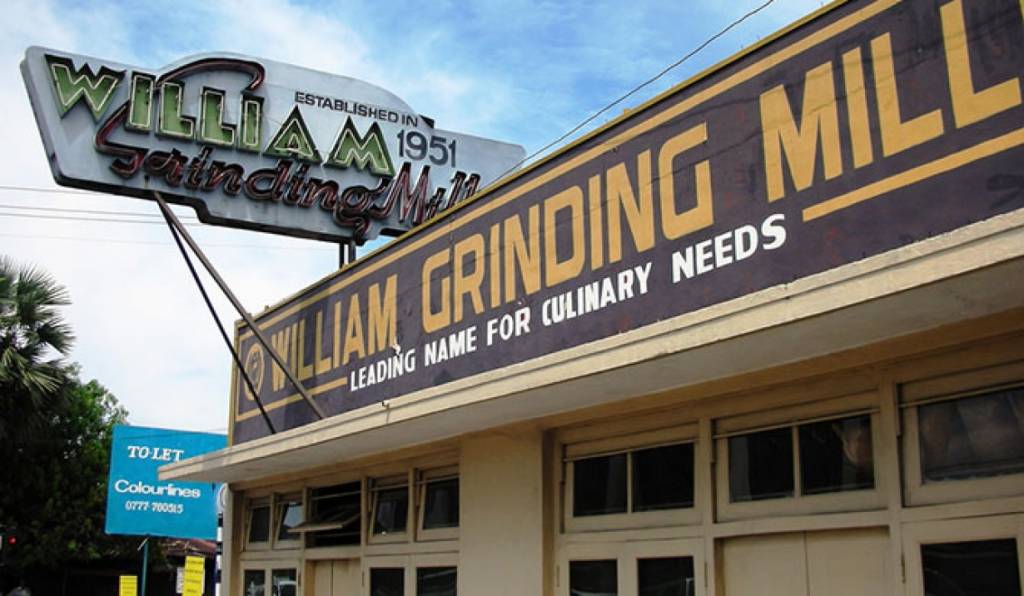
Although no definite reason for their closure has been enclosed to the public, the word on the street is that the children of the family business are unable to continue operations once the founders (their parents) reach retirement. Some state that it was unable to cope up with the changing customer needs and their lack of innovation and dependency on their long running name to succeed in the future has led to the shutdown, whereas others state that the land has been bought by the well-off Dammika motors. However, Blue Ocean Group had publicly announced back in August 2017 that they have acquired this land with the intention of building a high-rise luxury business and commercial center amidst the noise, traffic and homegrown businesses in the area.
 This could mean that the price of land per perch in the area could gradually increase along with increased traffic congestion due to the construction of the luxury amenities in the area. Large scale supermarkets such as Keells Super, Cargills, and Arpico may open up branches nearby.
This could mean that the price of land per perch in the area could gradually increase along with increased traffic congestion due to the construction of the luxury amenities in the area. Large scale supermarkets such as Keells Super, Cargills, and Arpico may open up branches nearby.
When the word grinding mills comes up, it is often the name William which comes to mind but its humble beginnings and trusted taste was sadly not enough to keep on trucking. Nevertheless, the island consisted of many other underrated grinding mills which due to the closure of the famous landmark are now coming to light.
William Grinding Mills has been trusted for years due to their variety of products for each customer. Other than their aromatic and authentic curry, chili and lemongrass powders, they also have products for people suffering from diabetes and forms of trusted Ayurvedic herbal therapy.
The art of grinding is a process of breaking down the grain so that it is digestible and also to make their nutrients available to us.Before the invention of the grinding mill, powders were created through the use of the vangediya and molgaha (mortar and pestle) and kurahan gala (millet grinding stone), along with the miris gala (grinding stone), kulla (winnowing sheaf) and hiramanaya (coconut scraper) which were crucial in the traditional srilankan kitchen. These kitchen utensils are some of the forgotten items in the Sri Lankan household taken out when the extravagant pol sambol and lunumiris are craved.
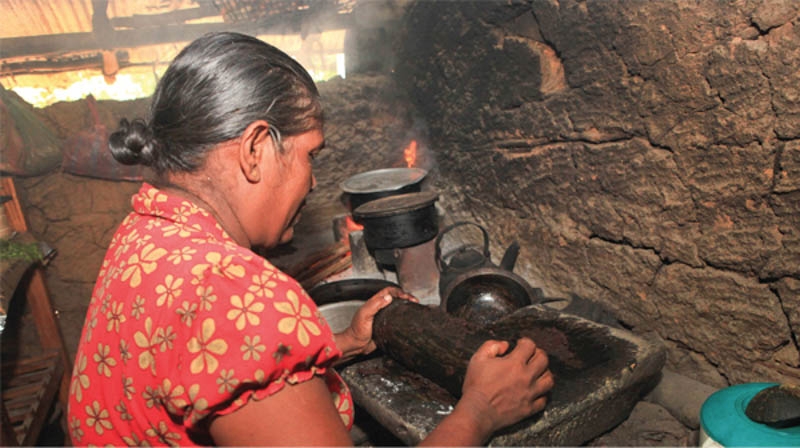
Sri Lankan cuisine was all about running the extra mile to satisfy the tummies of friends and family. The aroma of fresh herbs and homemade spices in the kitchen is a smell we know all too well. Before electric grinders and large equipment were the prime source of creating our favorite local spices, milling was an art. Spices such as curry powder were made into its edible form using ground spices such as coriander, black pepper, cumin, cloves and even a dash of rice, beside other herbs and spices which were grinded using the grinding stone. These were made from first class granite, crafted to perfection, whereas the molgaha, was made of kithul palm wood. These items were so resilient and gritty that they would easily last decades, which are in no way a match for tools designed today using even the most high-tech machinery.
Similarly, Rice flour (hal piti) was made using the vanggediya. In today’s day and age, grinding washed and dried rice into fine flour by the strength of one’s hands would be a seemingly impossible task but back in the day, hard work and effort was trivial in the preparation of food. The fine flour was then used to make Pittu, hoppers and string hoppers. Clearly, the Vanggediya was multipurpose when it came to food. Sweets such as thalaguli (sesame balls) were also made using this versatile piece of equipment.
Besides its use in the kitchen, the grinding stone was a form of dowry that was passed on to a daughter’s kitchen in her married life. These kitchen utensils were superstitious in the days of yore. They were never to be sat on as it would bring adversity and bad luck to the household. They were rarely bought, but almost always passed down generations. When idle, the molgaha and vangediya should never be mixed and matched, as this was a recipe for disaster.
Another fine instrument in the customary srilankan kitchen is the kurahan gala, which is also made of granite. This was a far more complex machine that the vanggediya which had the ability to grind tiny, more rigid seeds into a finer powder.
Ironically, the finest powders and flours were consumed by the rich upper class even though they were perceived to be the least nutritious. The finest were purchased by the finest as they took more effort and hence more expensive. Although these traditions may seem long gone, with processed spices now being used in our daily rice and curries, the epic norms, beliefs and superstitions will always have a place in the heart of Ceylon.
The closure of William Grinding Mills will certainly alter the landscape of Dehiwala and the iconic history of mills in Sri Lanka, with countless customers who must now turn to alternate buying options.

